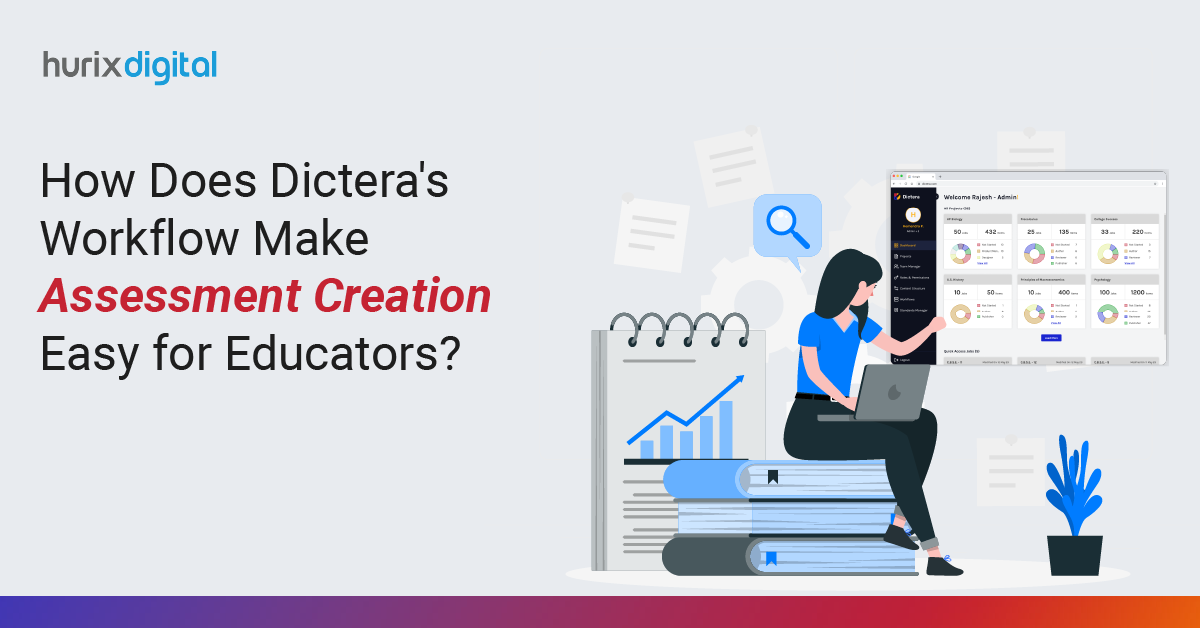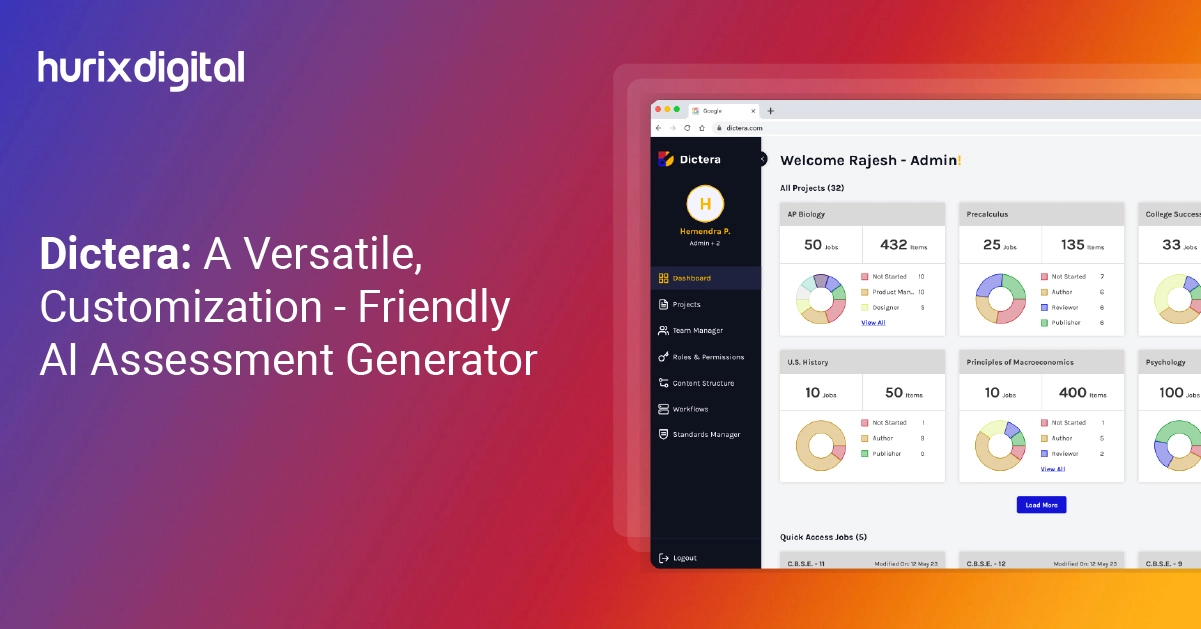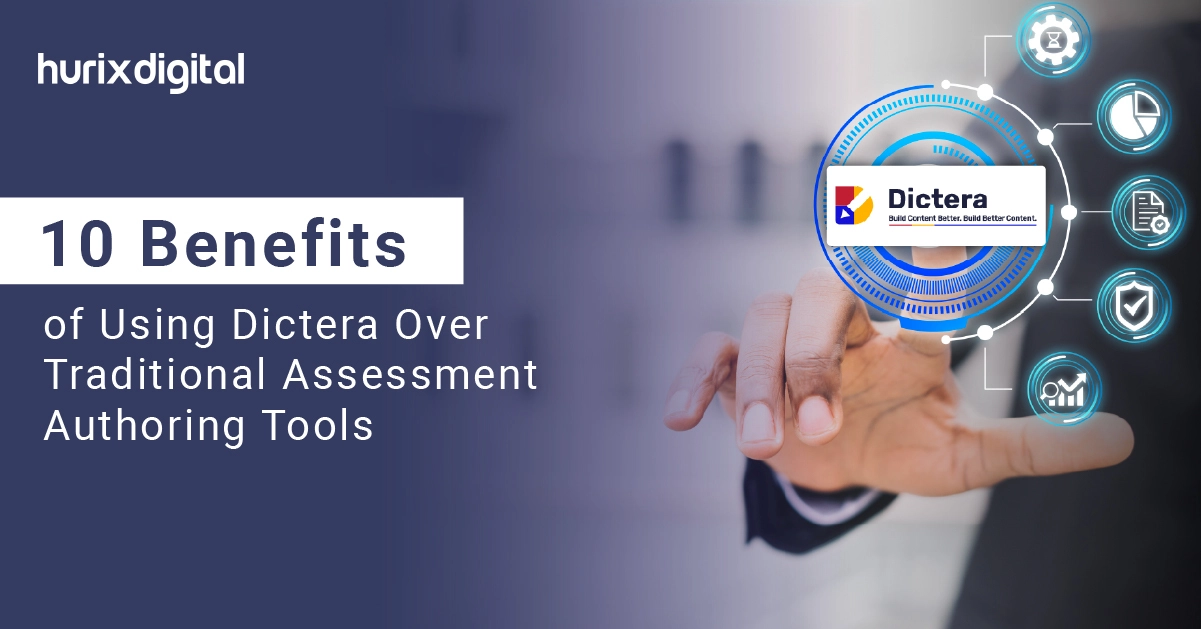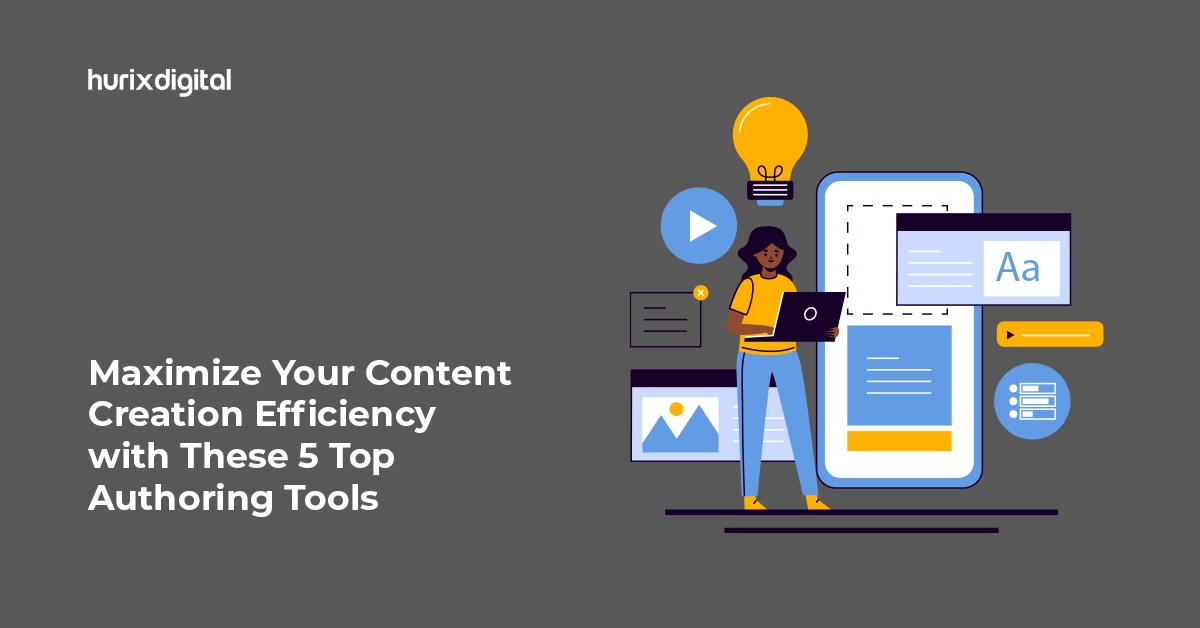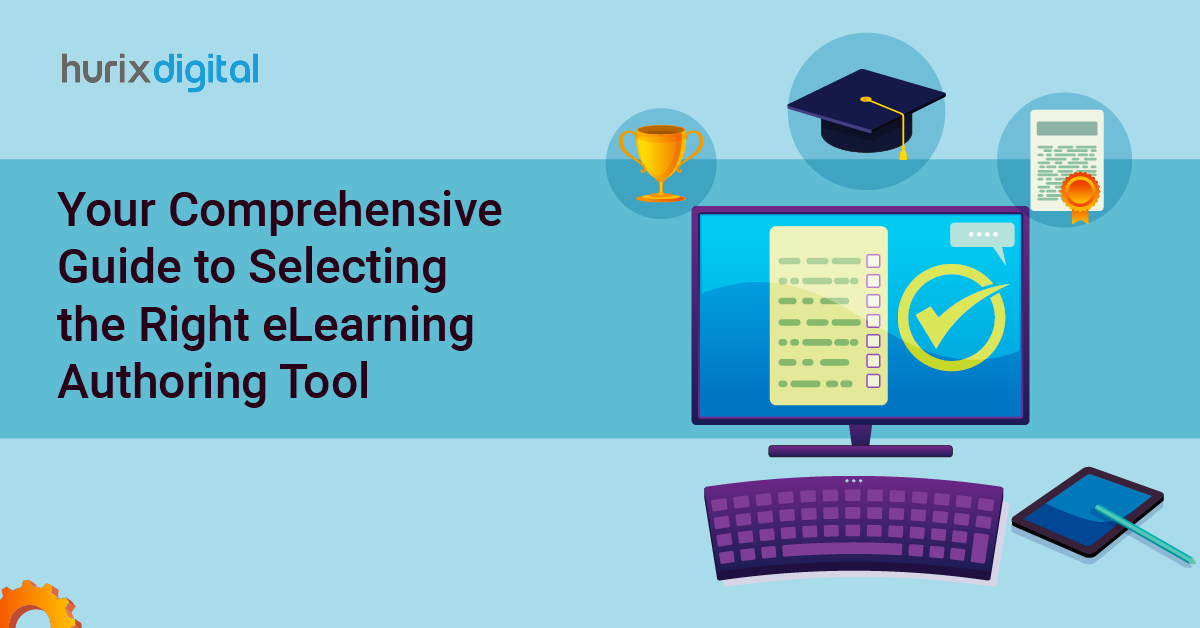
Your Comprehensive Guide to Selecting the Right eLearning Authoring Tool
Summary
This blog covers choosing an eLearning authoring tool, focusing on AI compatibility, content types, user interface, collaboration, scalability, and analytics to enhance learning.
These days, academic and corporate institutions are increasingly using eLearning to deliver training programs. To expedite this process, a plethora of eLearning authoring tools are now easily accessible, offering options to streamline content creation and enhance learning experiences.
Studies indicate that by 2028, the eLearning authoring software market is expected to grow to a startling $2.55 billion. However, because there are so many possibilities in the eLearning writing tools market, selecting the ideal one is usually challenging.
To help you overcome this challenge, we’ll discuss several considerations when choosing an eLearning authoring platform that satisfies all of your content authoring needs.
Table of Contents:
- What are eLearning Authoring Tools?
- How to Pick the Best eLearning Authoring Tool: Key Considerations?
- Wrapping Up
What are eLearning Authoring Tools?
Software programs or platforms known as “eLearning authoring tools” enable instructors and content developers to design, produce, and disseminate digital content for online instruction and training. A quality eLearning creation platform, like Dictera, provides multiple methods for content production and assembly.
The primary feature of eLearning authoring software is its capacity to leverage an extensive array of digital resources, such as text, photos, audio, graphics, video, and more, to create and present personalized learning experiences.
A software application that enables you to develop an online course and publish it in specific formats is known as an eLearning authoring tool. using an eLearning authoring tool, you may construct a digital course using drag-and-drop capability and other user-friendly interfaces without requiring technical skills or manual course creation.
Also Read: eLearning Authoring Tools: Why You Should Invest in Them?
How to Pick the Best eLearning Authoring Tool: Key Considerations?
For content developers and training managers, locating the best eLearning authoring tools can be a daunting endeavor. We’ll go over some important things to think about in this part to help you choose:
1. Compatibility with Generative AI
The use of generative AI in creating engaging and effective eLearning courses is immense.
Powerful eLearning authoring tools such as Dictera use generative AI capabilities to automate the end-to-end process of content creation. They offer relevant support and help subject matter experts and educators easily generate course content.
Some of the ways you can use generative AI in eLearning today include:
- Customizing Learning Experiences: By fully comprehending each learner’s requirements and preferences, AI-powered solutions like Dictera customize learning experiences for each unique student. This can provide more effective and efficient learning for students.
- Creating Interactive Material: Chatbots and virtual assistants, which can give students instant feedback and assistance, are examples of interactive material that can be created using generative AI. To improve learning, for instance, a chatbot can provide students with more resources and quickly respond to often-asked questions.
- Enhancing the Overall Quality of eLearning Courses: By automating the content creation process and customizing learning experiences, AI-driven eLearning authoring tools can also enhance the overall quality of eLearning courses, which may ultimately result in better student results.
2. Types of Content
The kind of content is a crucial consideration when selecting the best eLearning authoring tools. To begin, decide what kind of courses you want to make: straightforward presentations with text and images, interactive modules, gamified scenarios, simulations, video-based learning modules, and more. This is significant because different authoring tool consequences apply to each of these content kinds.
3. User-Friendly Interface
When choosing an eLearning authoring tool, make sure to pick one that is simple with a user-friendly interface.
An easy-to-use eLearning content development authoring tool makes it convenient to produce content for subject matter experts (SMEs) and content creators without any help from tech-savvy coders or developers, thus saving a lot of time that is required to create content or training.
4. Collaboration Capabilities
It is typical in eLearning for numerous people to be working simultaneously on course development. For smooth team communication, you may also explore a few external collaboration sites in addition to in-app collaboration. Slack, Microsoft Teams, and Google Workspace are a few of these.
For example, educators must take into account an authoring tool’s ability to interface with collaborative platforms when choosing digital assessment tools. This makes it possible for teachers to work together on exams, exchange feedback, and instantly review material.
In order to ensure that everyone is working on the most recent version of the project, version control features are also essential for preventing confusion when different team members edit the same content at the same time.
5. Scalability and Easy Deployment
Another key consideration when choosing an eLearning authoring tool should be scalability and deployment. This means you should check whether the tool you pick is cloud-hosted or if you need to install it on a local desktop.
Choosing a cloud-based writing tool is usually the best option because it facilitates collaboration with only a single login into a centralized cloud-based system. A system like this can also be easily scaled, allowing you to add more users as needed.
6. Analytics and Reporting
It is recommended that you always utilize an eLearning authoring solution that provides comprehensive information on assessment results, learner progress, completion rates, and other comparable engagement measures. An authoring tool with this kind of analytics and reporting functionality can make it much easier and faster for you to assess the success of your eLearning initiatives.
Also Read: Top 8 Factors to Consider While Choosing the eLearning Authoring Tool
Wrapping Up
eLearning content tools are essential for everyone, from content creators to instructional designers, in developing high-quality eLearning courses.
Having said that, selecting the appropriate tool is essential since it has a direct effect on how simple it is to create material, collaborate, and enhance the learning process as a whole. The efficiency of your eLearning initiatives can be significantly increased by selecting a platform that has AI-powered capabilities, easy design, and seamless collaboration.
Comprehensive solutions like Dictera by Hurix Digital offer robust features that simplify the content creation process. This makes it easy to develop effective learning materials without requiring technical expertise. Additionally, such tools help streamline workflows, enabling smoother collaboration and better learner outcomes. In case you want to learn more about Dictera, reach out to our team.

Currently serving as the Vice President of Technology Delivery Operations at HurixDigital, a prominent global provider of digital content and technology solutions for publishers, corporations, and educational institutions. With over 16 years of experience spanning EdTech and various domains, I hold certification as a SCRUM Product Owner (CSPO). My expertise includes operations, finance, and adept people management skills.

